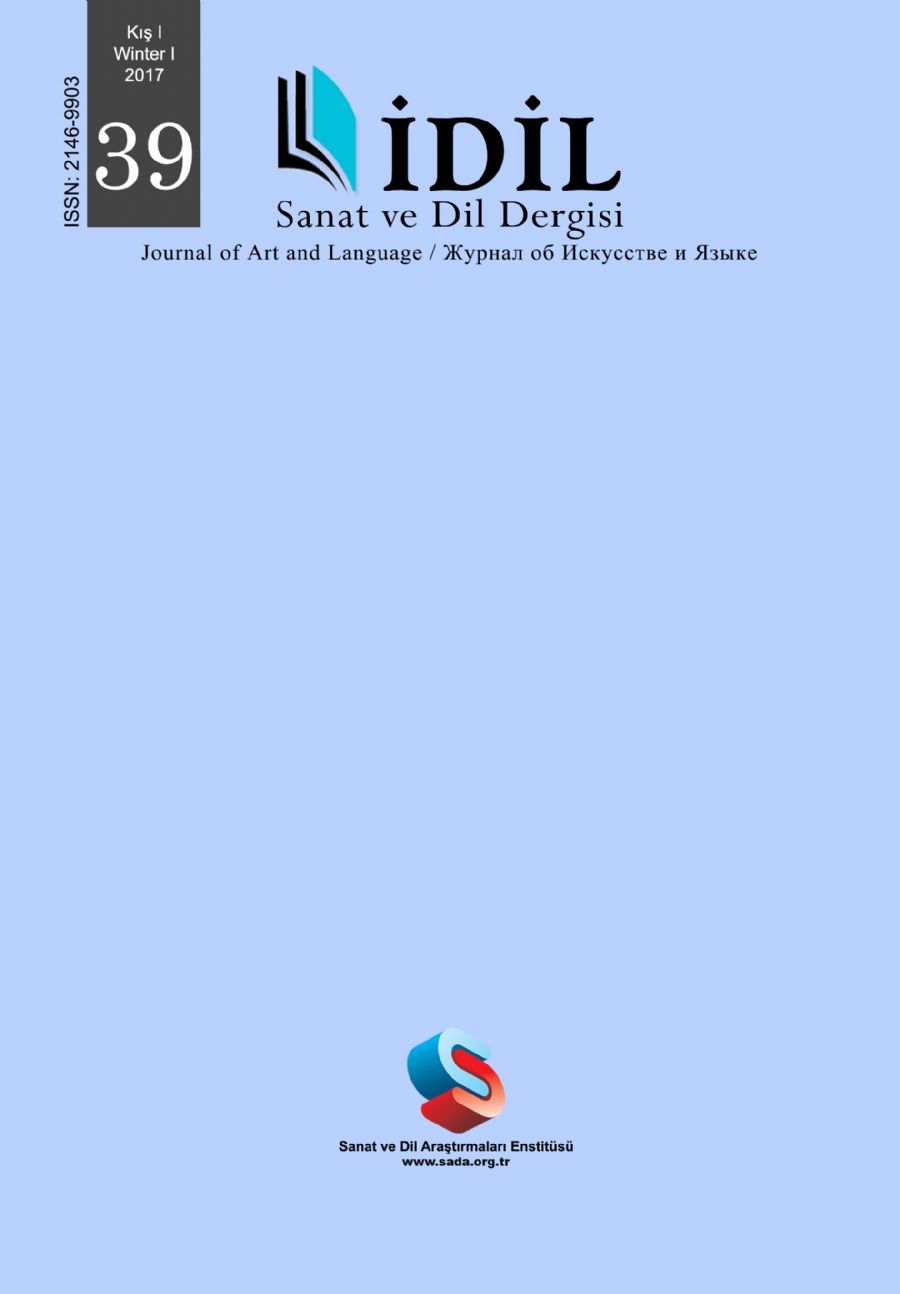JOHANN SEBASTİAN BACH’ IN Mİ MİNÖR FLÜT SONATININ TEKNİK ANALİZİ VE İCRAYA YÖNELİK YAZILABİLECEK ETÜTLERLE İLGİLİ ÖNERİLER
AN ANALYSIS OF JOHANN SEBASTIAN BACH’S E MINOR FLUTE SONATA IN TERMS OF TECHNIQUE AND POSSIBLE ETUDE PROPOSALS THAT CAN BE WRITTEN FOR PERFORMANCE
Author(s): Cahit Aksu, Ferhat ÇelikoğluSubject(s): Music
Published by: Sanat ve Dil Araştırmaları Enstitüsü
Keywords: Johann Sebastian Bach; Flute; Sonata; Analysis;
Summary/Abstract: This study firstly aims to analyse Johann Sebastian Bach’s BWV 1034 flute sonata in terms of flute technique and performance. It also aims to create a scientific contribution to the fund of knowledge to the branch and course material to help both students and teachers who will work for performing this work. Besides, this study is carried out in order to help to create gains about the focal point of the study easier and in lesser time and form some suggestions about points to consider for preparing various etudes related to works directly. Content analysis model was used for this study. It was concluded from the study that Bach’s Mi Minor Flute Sonata intensely has baroque music characteristics, used arpeggios, sequels and sound intervals opposite jumpings swarm with melodies easy on ear and sequels used in the work have the width and the variety of sounds. It was also deduced that modulations were used intensely in detailed and fluent form of music sentences together with the deep musical expression, the fluently used sound field in the work is second octave voice field which has bright and flexible sound in flute, a sixteenth rhythmic patterns are intense in configuration of the parts of the work and the composer mainly used E5 (Mi5) voice which determines main tone in all parts of the work. Besides, it was concluded that characteristical rhythmic patterns, which were used in performing the parts of the work, were two or three tier notes, motives with trill and mordant, connected playing of motives with trill and mordant, rhythms with double reed and single reed techniques, rhythmic patterns which connect eighth notes with a sixteenth note, rhythmic composed of a sixty-fourth and a thirty-second notes, appoggiatura technique and legato playing in any time and value. It was also deduced that while single reed and double reed techniques were mainly used in the first and third parts of the work; double reed technique was mainly used in the second and fourth parts of the work. It was found out that forte, piano, mezzoforte, crescendo and decrescendo hue marks were mainly and respectively used and detache technique of articulation marks were used more frequent. Moreover, based on these findings suggestions for which qualities the etudes should have were ordered.
Journal: İdil Sanat ve Dil Dergisi
- Issue Year: 6/2017
- Issue No: 39
- Page Range: 3415-3434
- Page Count: 20
- Language: Turkish

